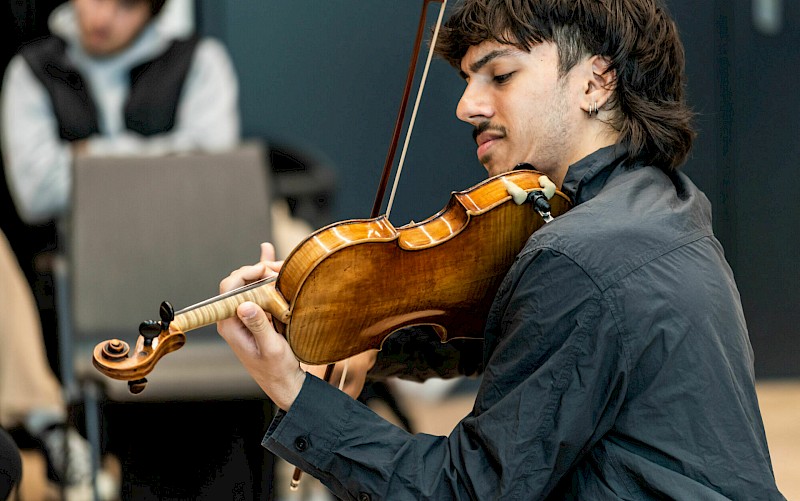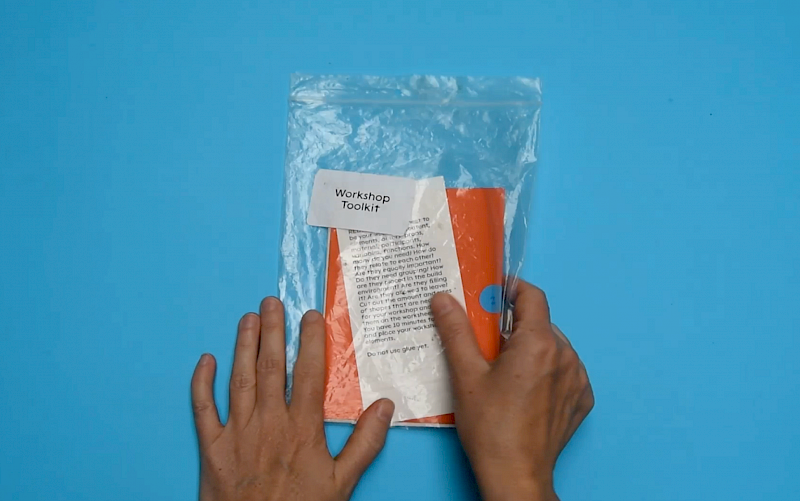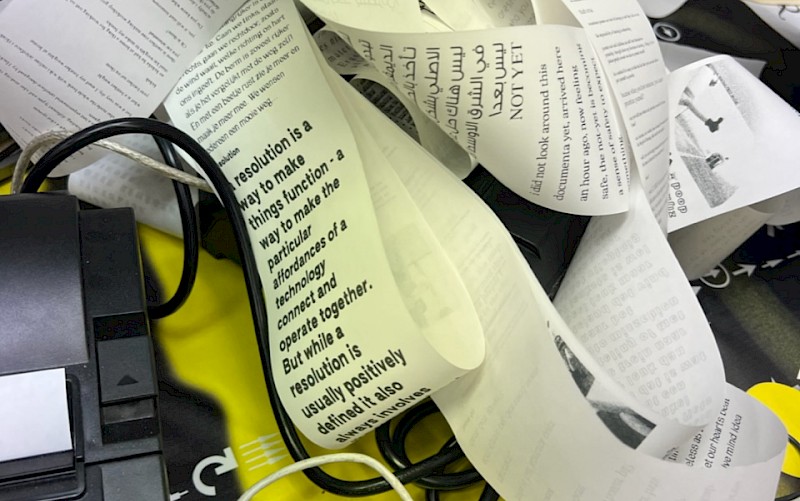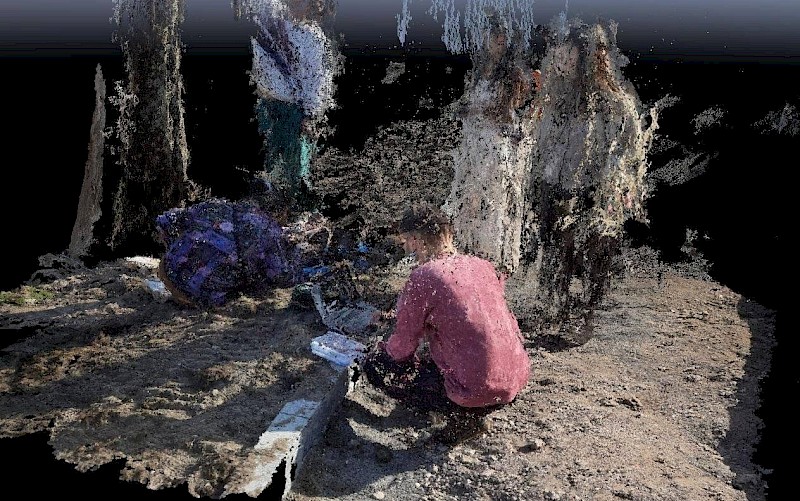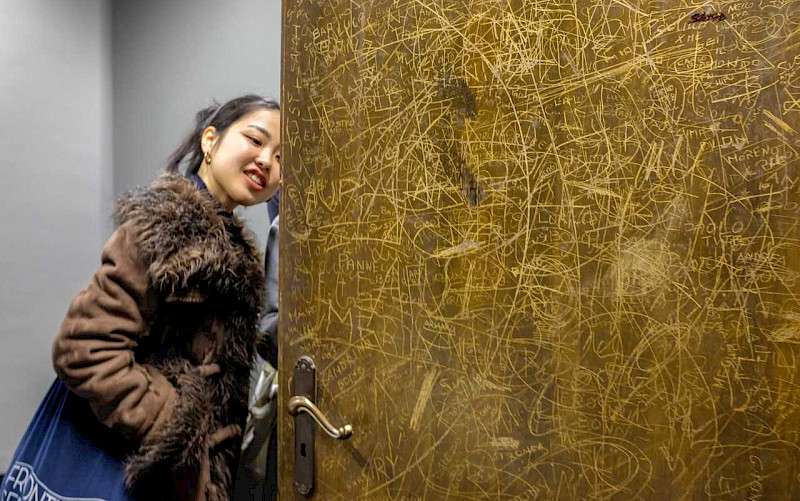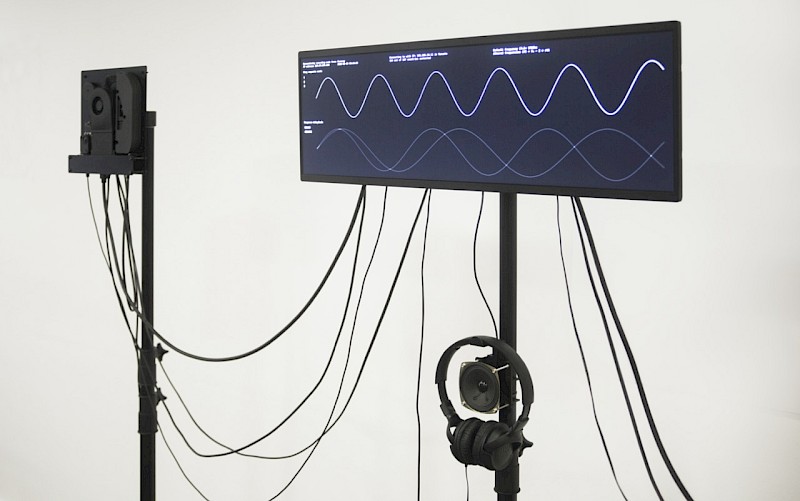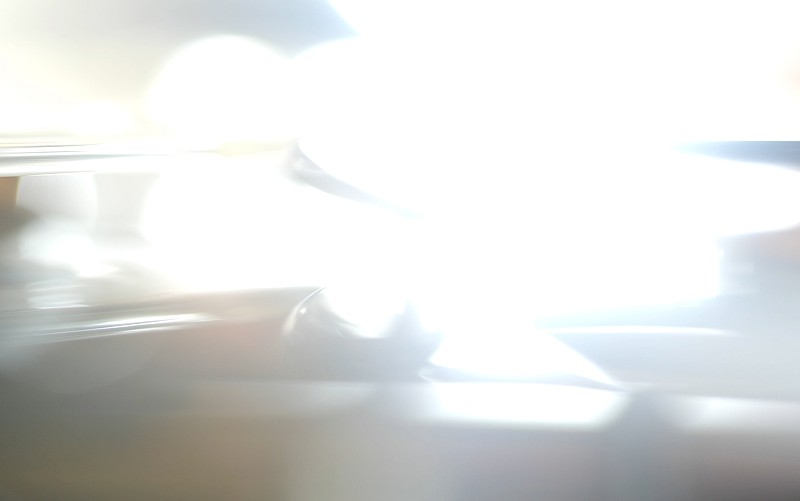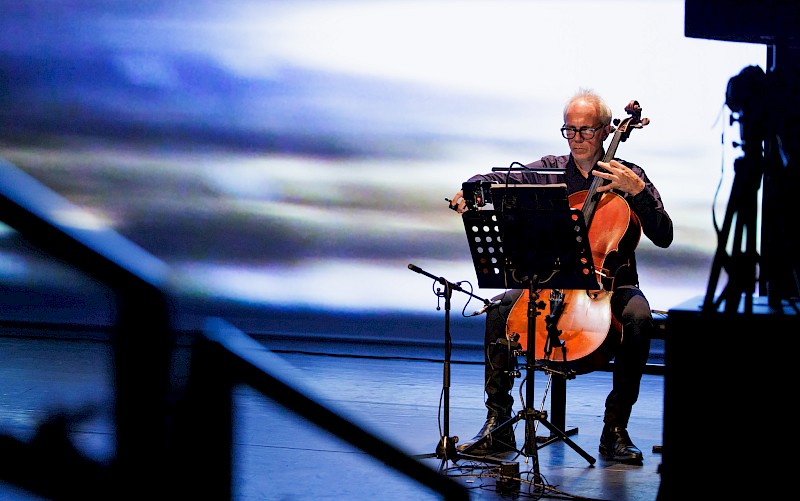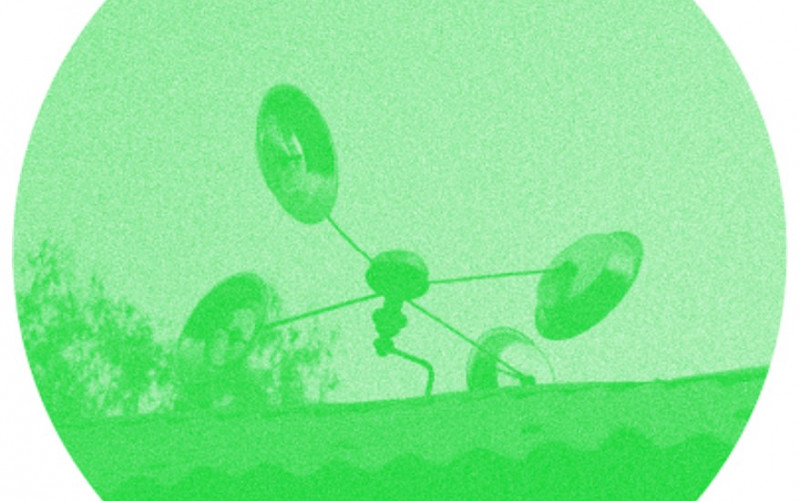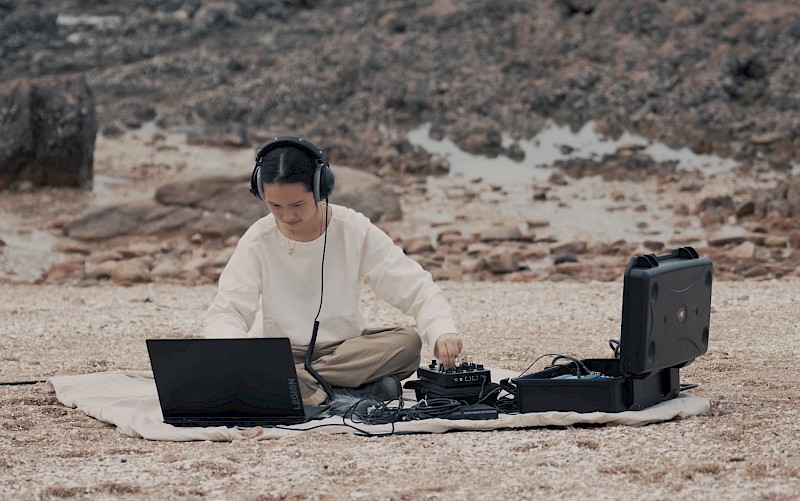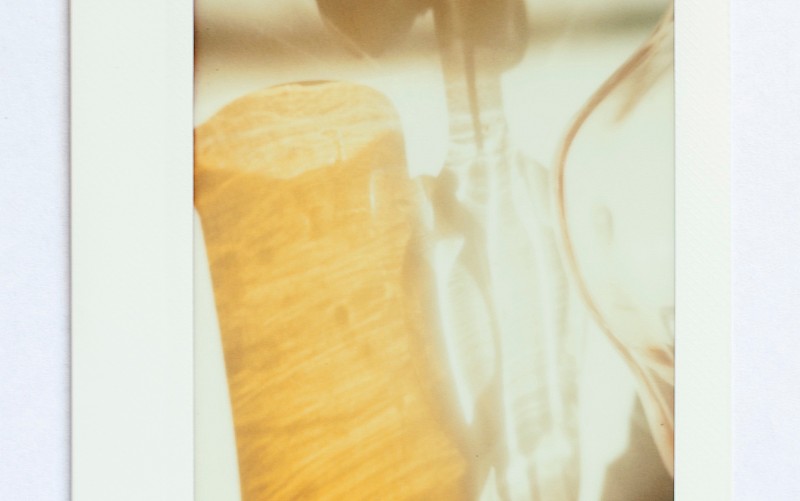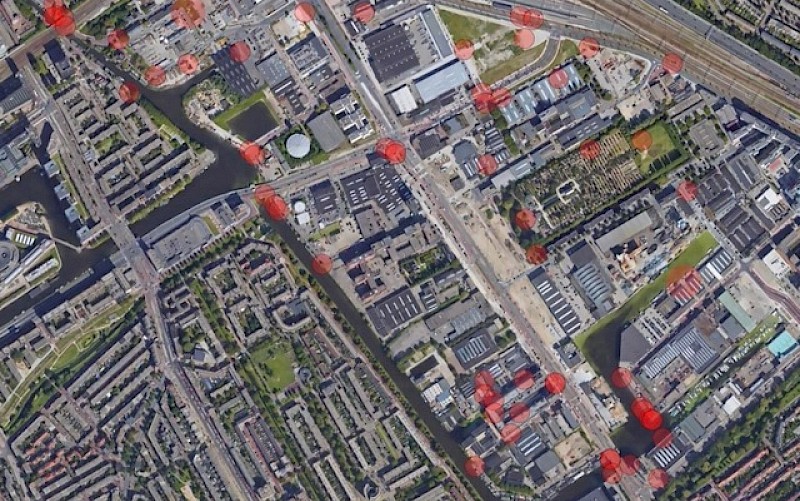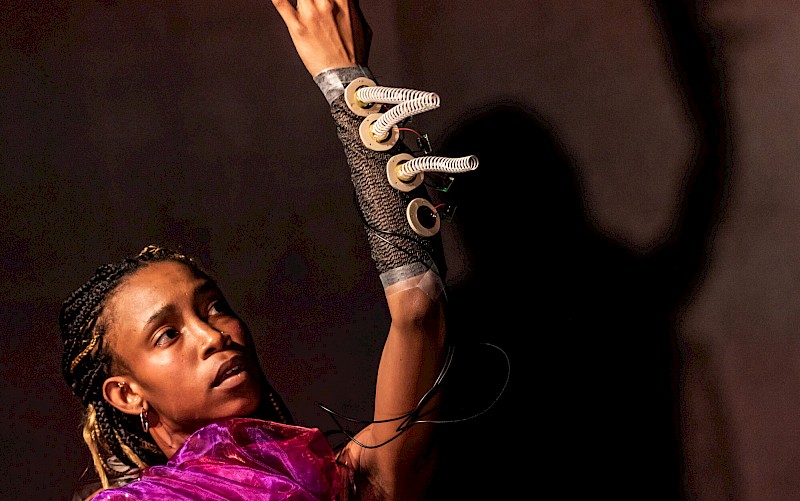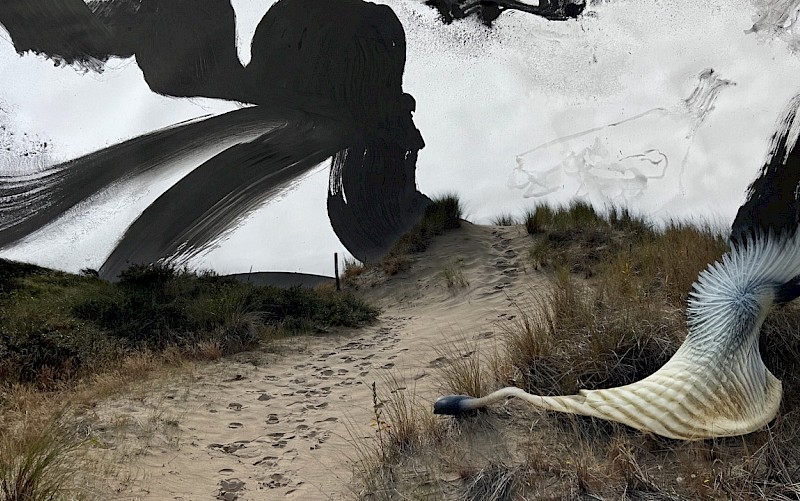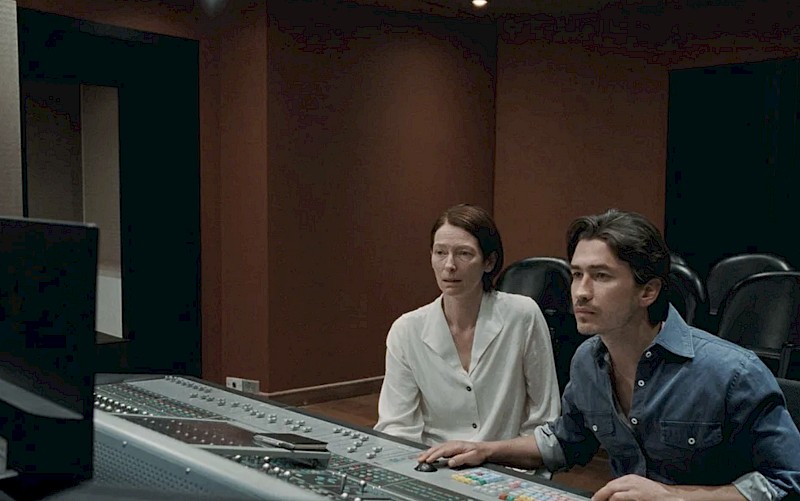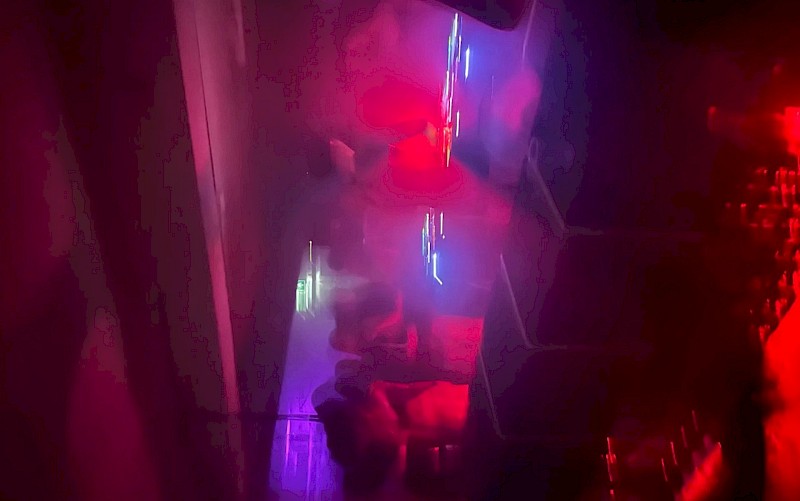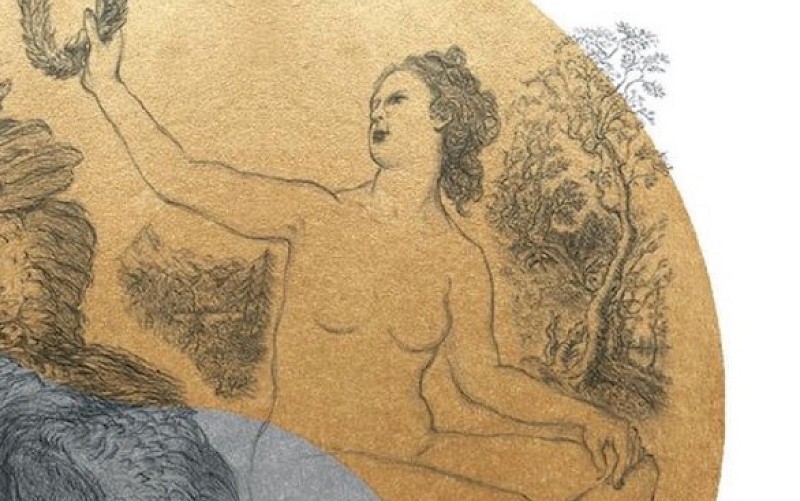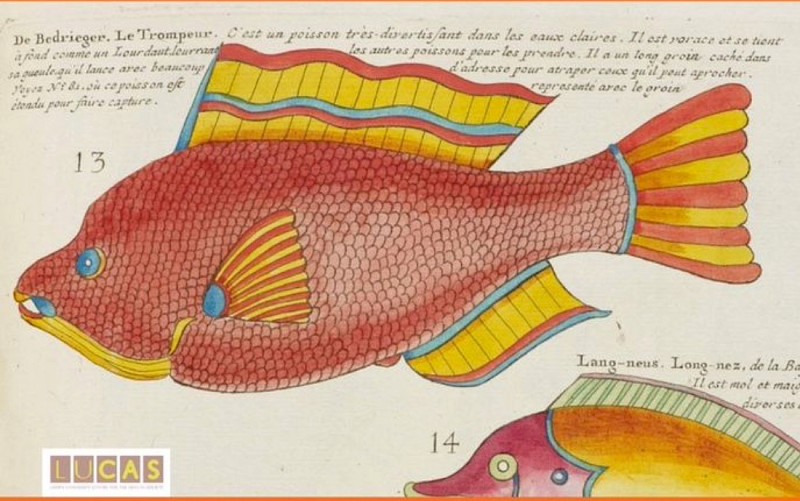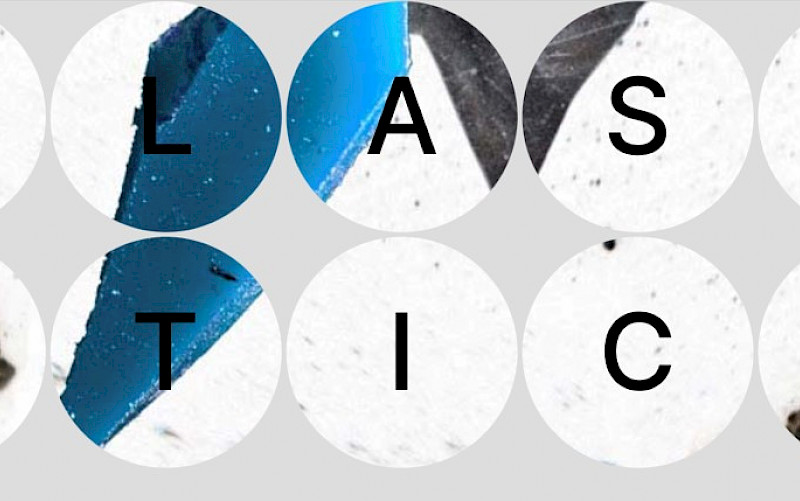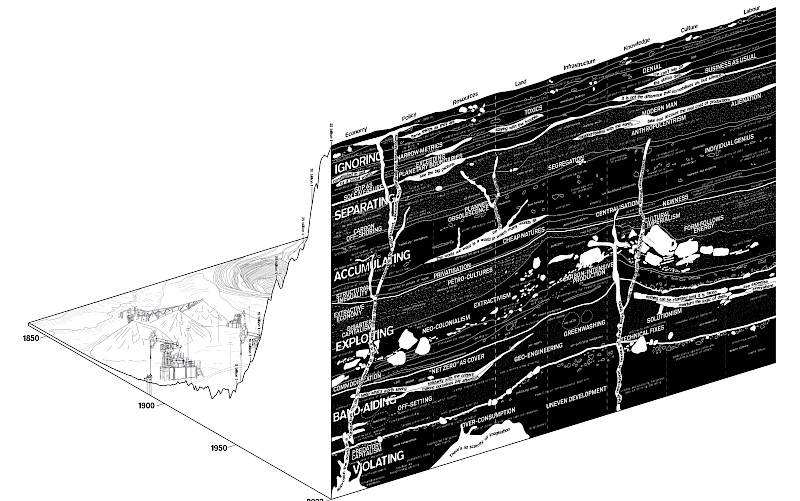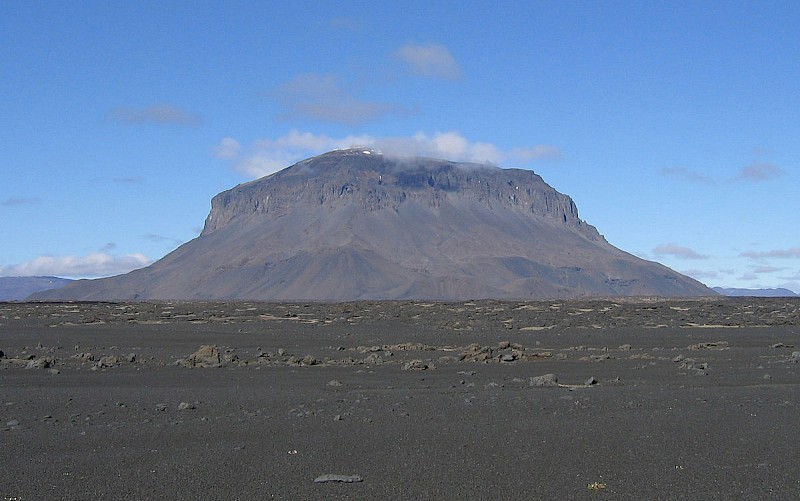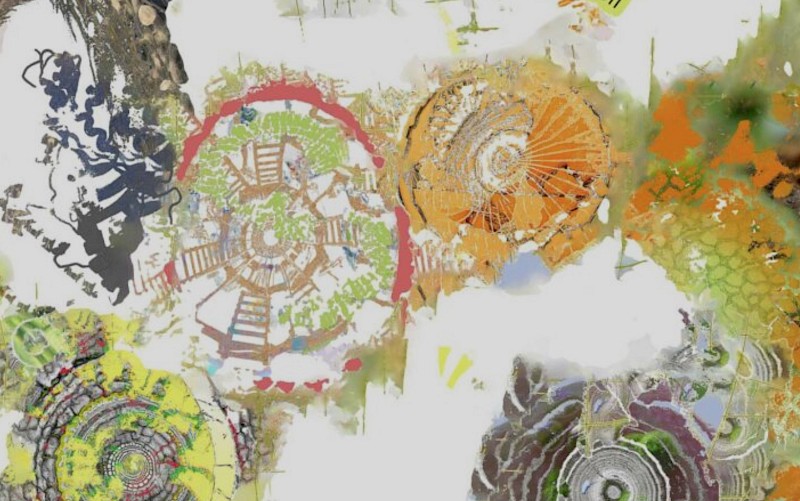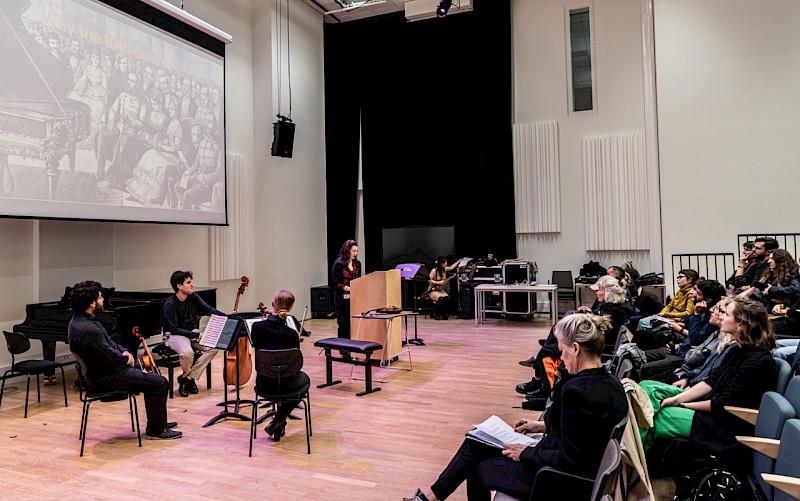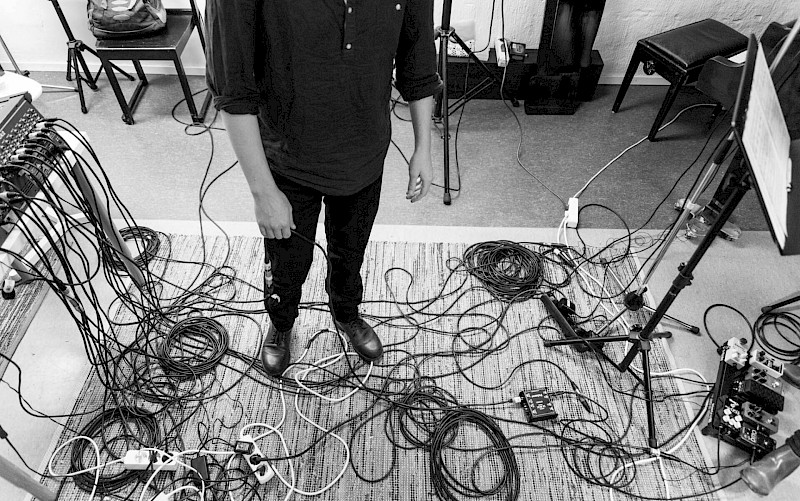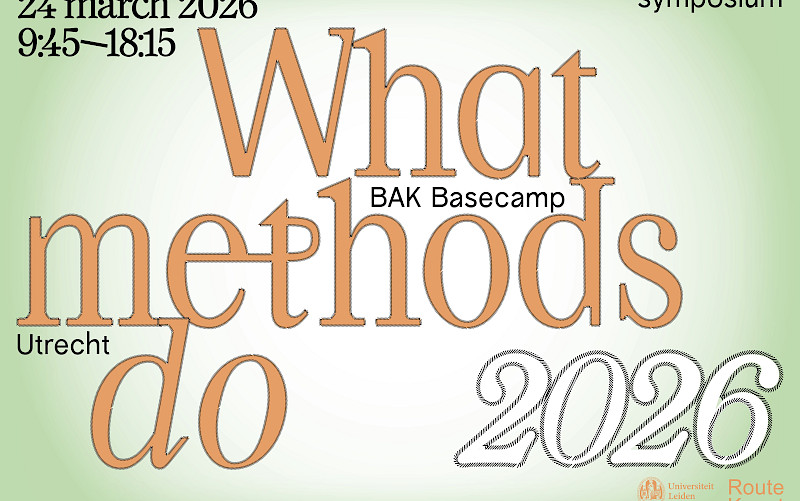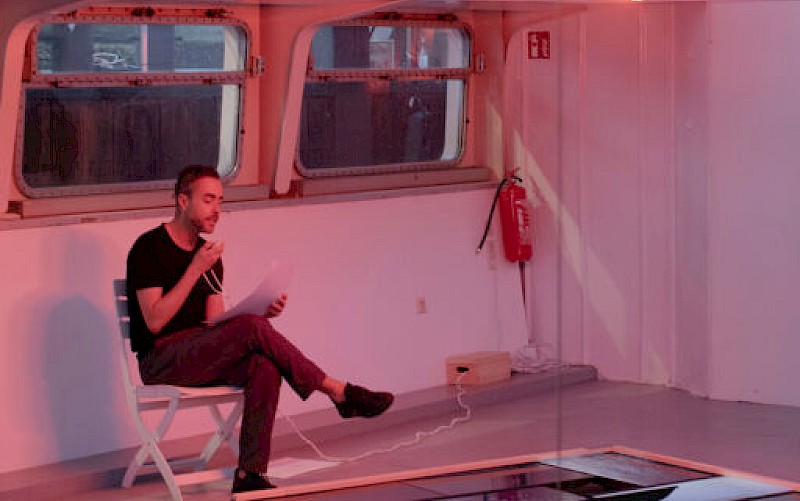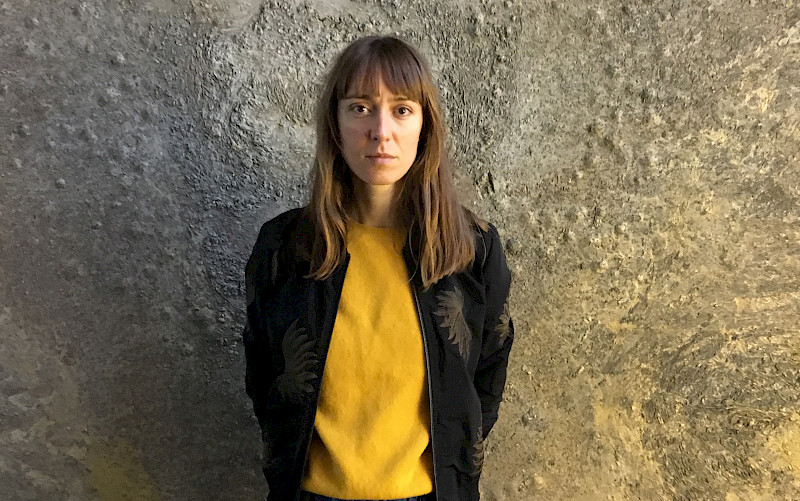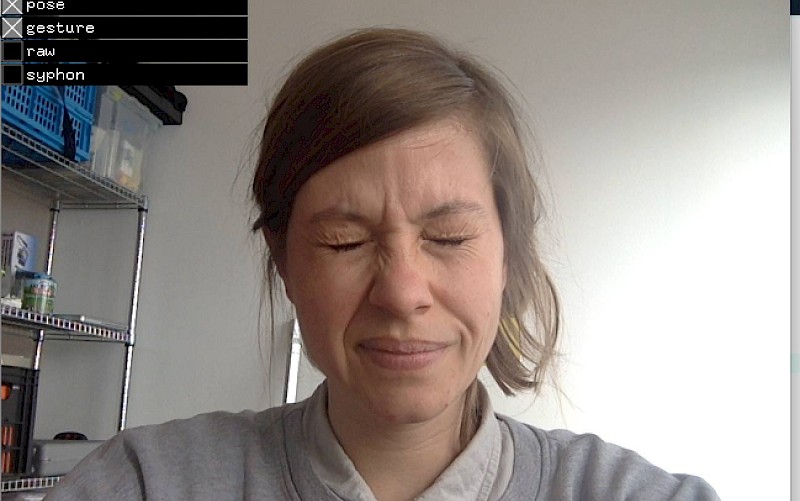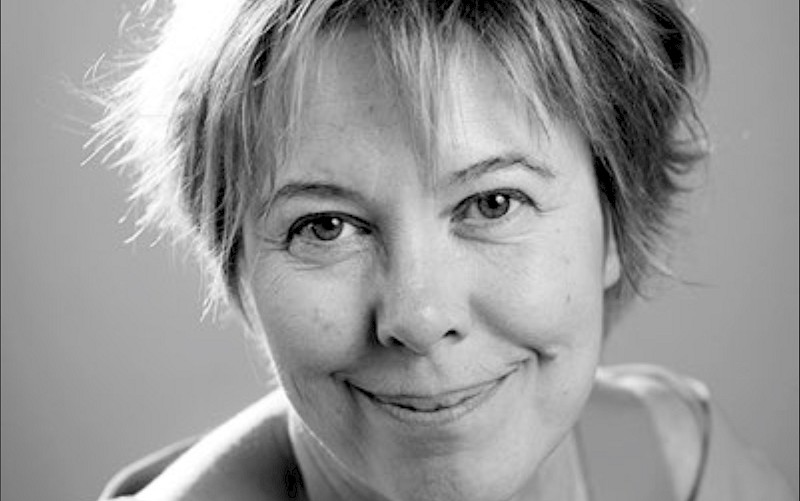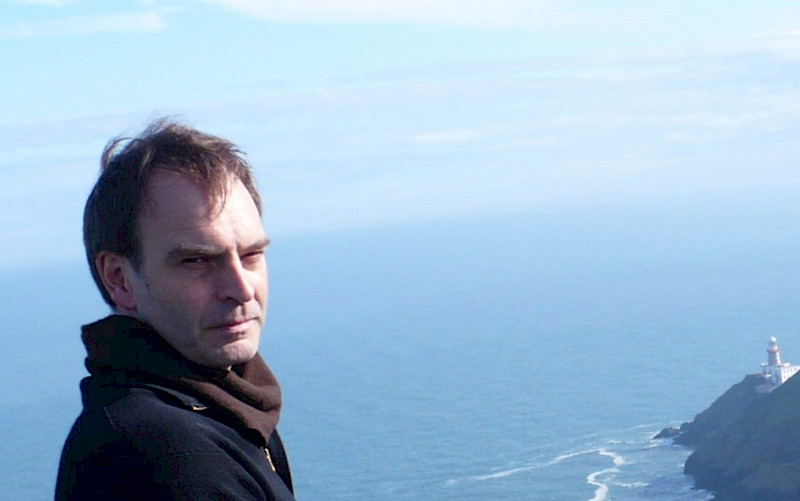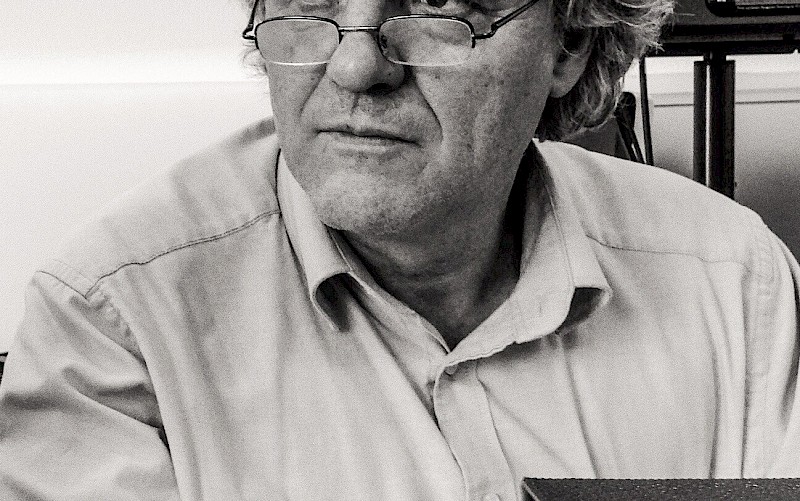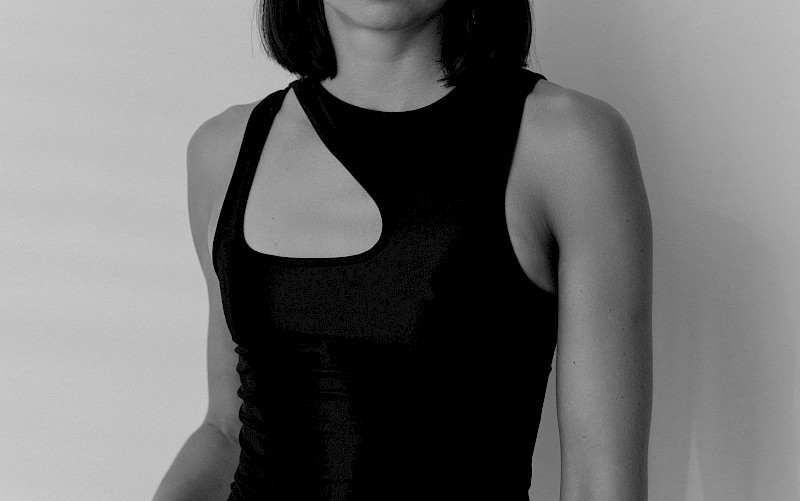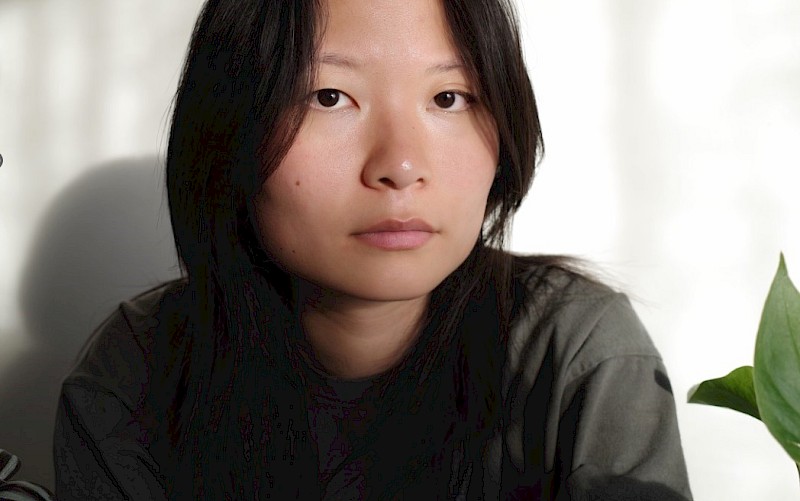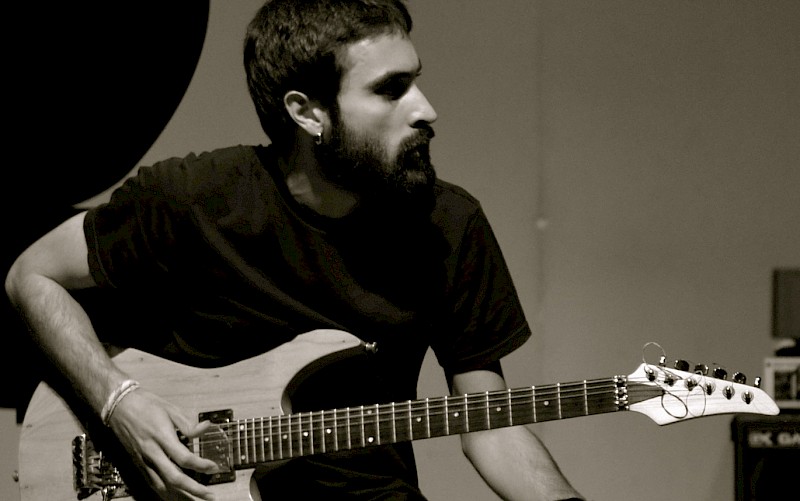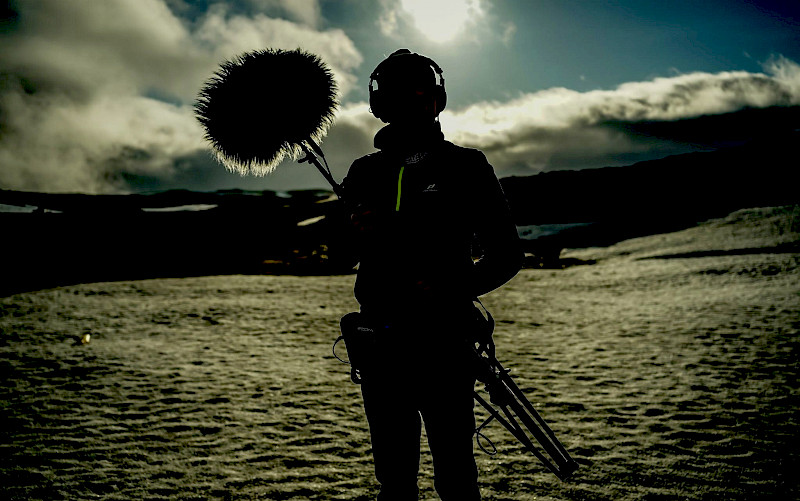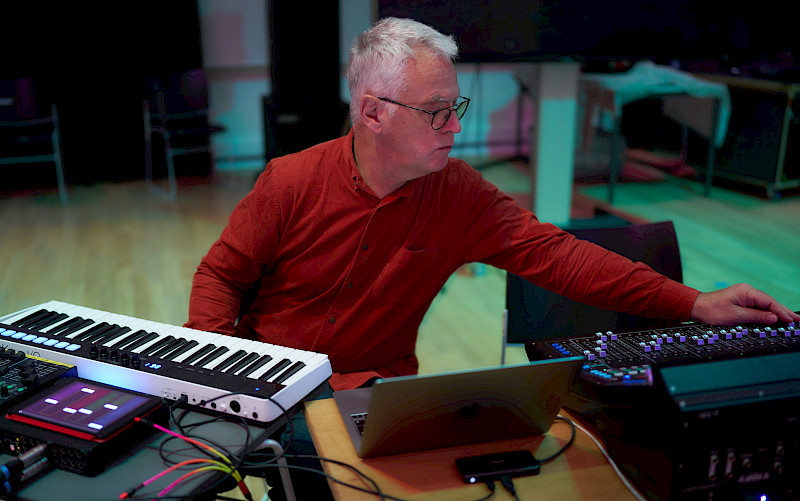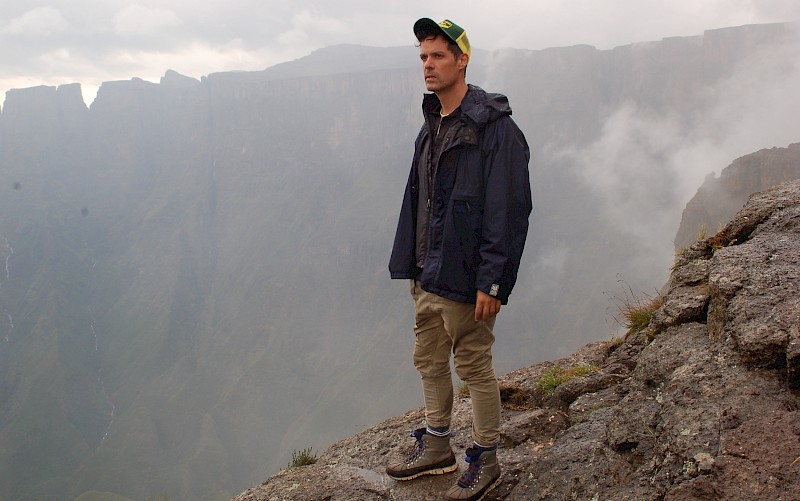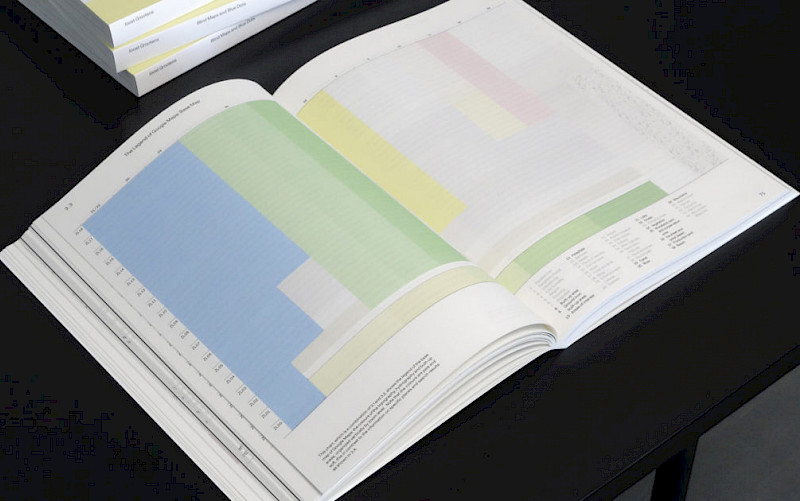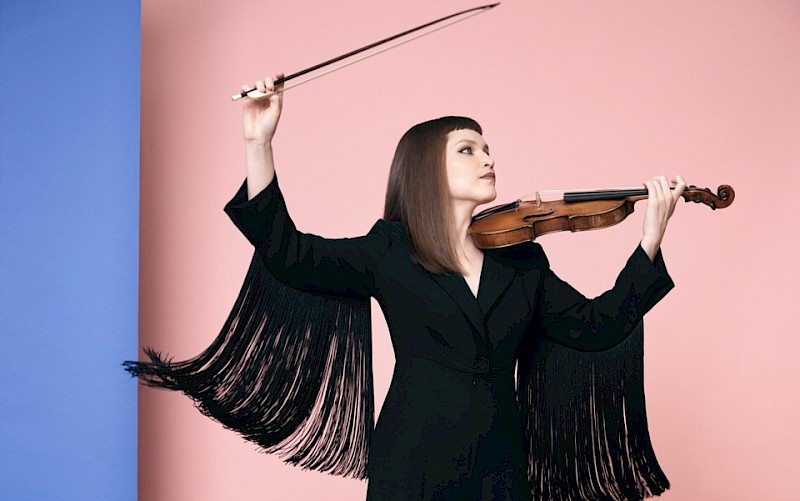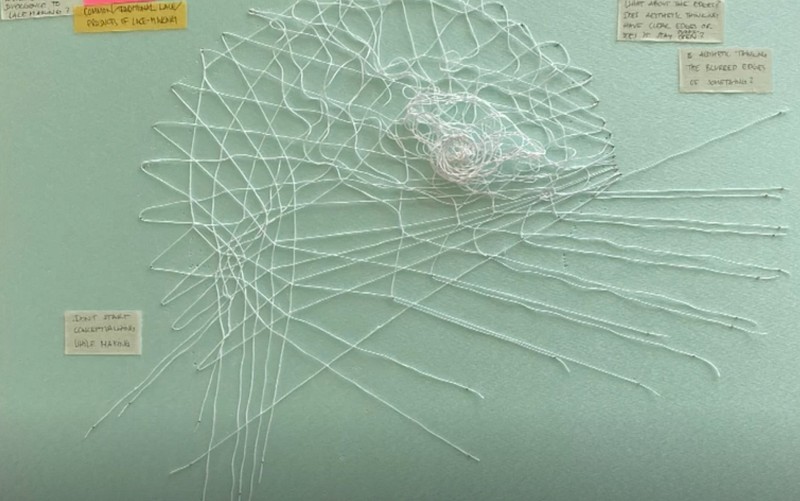Scorescapes : on sound, environment and sonic consciousness
This dissertation of Yolande Harris explores sound, its image and its role in relating humans and our technologies to the environment. It investigates two related questions: How does sound mediate our relationship to environment? And how can contemporary multidisciplinary art practices articulate and explore this relation between sound and environment? Scorescapes is predicated on the idea that artists and scientists are a part of the sonic environments we study. Thus we cannot assume a passive role of listening without recognising the influence of our actions and presence on the environment with which we engage. The systemic relationship among elements in a complex ecology demands an active approach in which we conceive of ourselves as immersed participants rather than simply as objective observers. This realisation, in turn, demands challenging conventional conceptions of the composer as musical specialist and embracing a trans-disciplinary approach towards sound and sonic research. Given this attitude towards direct engagement in environment, my work as an artist forms a central part of my research method. The Scorescapes project includes audio-visual installations and performances, performative lectures, electronic instruments, sonic walks and collaborations with improvising musicians. In addition, the project has involved close interactions with composers David Dunn, Alvin Lucier and Pauline Oliveros, and bio-acoustic scientist Michel Andr_. Engaging with these experts and creating and presenting new works allows me to apply and test theoretical ideas. This, in turn, encourages new and unexpected questions to arise that can then be explored theoretically. The written dissertation combines analysis of theoretical texts on sound, scores, environmental aesthetics and scientific papers, with reflections on my personal experiences and discoveries in recording, editing, exhibiting and performing my artistic works. The artworks generated during the course of the Scorescapes project are an integral part of the dissertation and are documented in the accompanying DVD. In order to adequately explore the various facets of this research project, and relate it to developments in my own practical work, I have chosen a subject-oriented approach rather than a chronological or historiographical one. Each chapter has a one-word subject title: Score, Scape, Inaudible, Whale, Field and Flare. In the first two chapters I outline my personal artistic interest in the development of the notion of a score beyond a document for notation, proposing that the score facilitates relationship. Building on my work with sonic navigations, I provide theoretical arguments and historical examples to suggest that the score can also exist in the mind and in space. Examining the question - what is it to __relate to environment__ through sound? __ I investigate parallels between Acoustic Ecology and Land Art, ecology and systems aesthetics, and the legacy of walking as an art form embodying relationship to environment. The central three chapters go into considerably more depth on specific topics that require mediation by technology: making the inaudible audible, underwater sound and attitudes to field recording. The physiological limitations of the human hearing range within larger environmental soundscapes highlight the necessity of making the humanly inaudible audible. As an example, the necessity but difficulty of understanding the sonic qualities of the underwater environment that functions largely through sound, is explored through the scientific and artistic work on cetaceans. This leads on to questions of place in field recordings in general and proposes a possible interactive role in environments through recordings. The concluding chapter is an attempt to synthesise the array of ideas that developed during this research by taking a more personal turn in an analysis of my own art works. Through the artistic process of making Pink Noise, Fishing for Sound, Tropical Storm and other works, realising a performance of Lucier__s Quasimodo, and working with Oliveros__ Deep Listening techniques, I recognised the central importance of considering the context in which sounds occur rather than exclusively the qualities of a sound itself. Such an attitude presents a significant shift in the role of the composer. From this perspective, the act of composition emphasizes learning to listen in order to understand sounds in relationship to their environment, and enabling other listeners to do the same. The Scorescapes research project maps given approaches and suggests potential trajectories between sound, technology, environment and sonic consciousness. In general, putting such ideas into practice, either through my own work or the work of others, creates possibilities for heightened awareness and engagement in environment. The environment is continuously being developed and transformed by human intervention. Understanding sounds__ role in these transformations can open up greater awareness of the interrelation of factors that can lead towards more sustainable practices in the arts as well as science and other fields. In conclusion, I propose a notion of __techno-intuition__ and its application in instrument design and interaction with the environment by combining technological and intuitive ways of knowing.
Author: Yolande Harris
